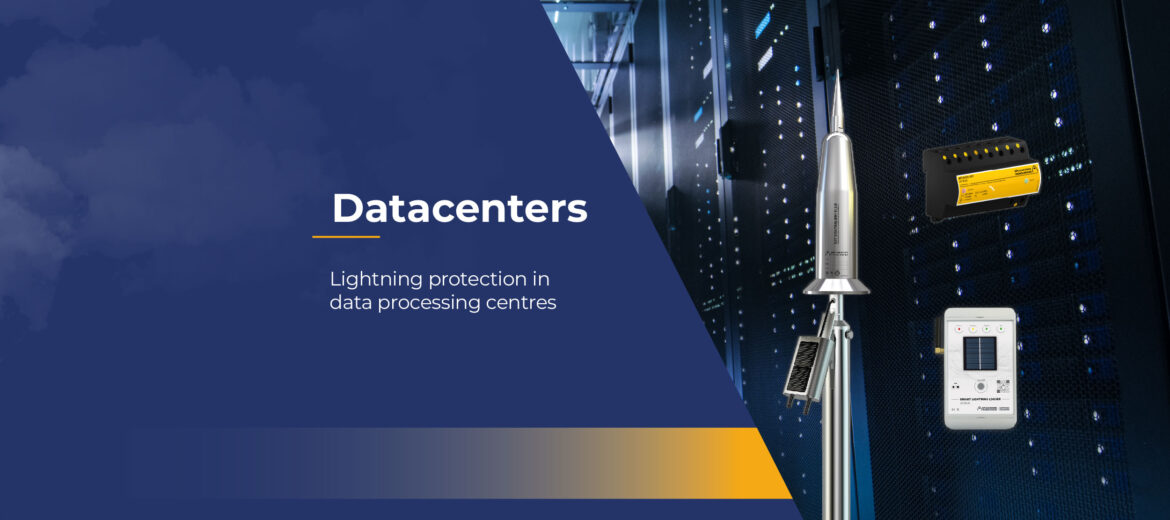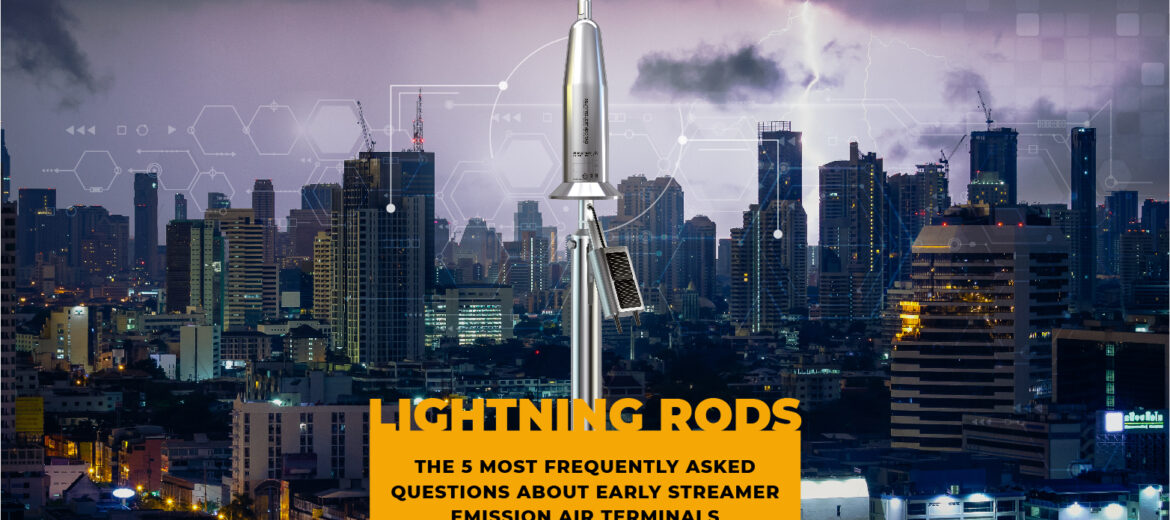Advanced Course on Lightning Protection receives CPD certificate in UK
The Online Course on Lightning Protection Projects of Aplicaciones Tecnológicas provides the fundamentals, method and case studies to enable professionals involved in this sector to professionally design Lightning Protection Systems based on the main international standards. Since 2022, the course is certified as CPD (Continuing Professional Development) in the UK.



